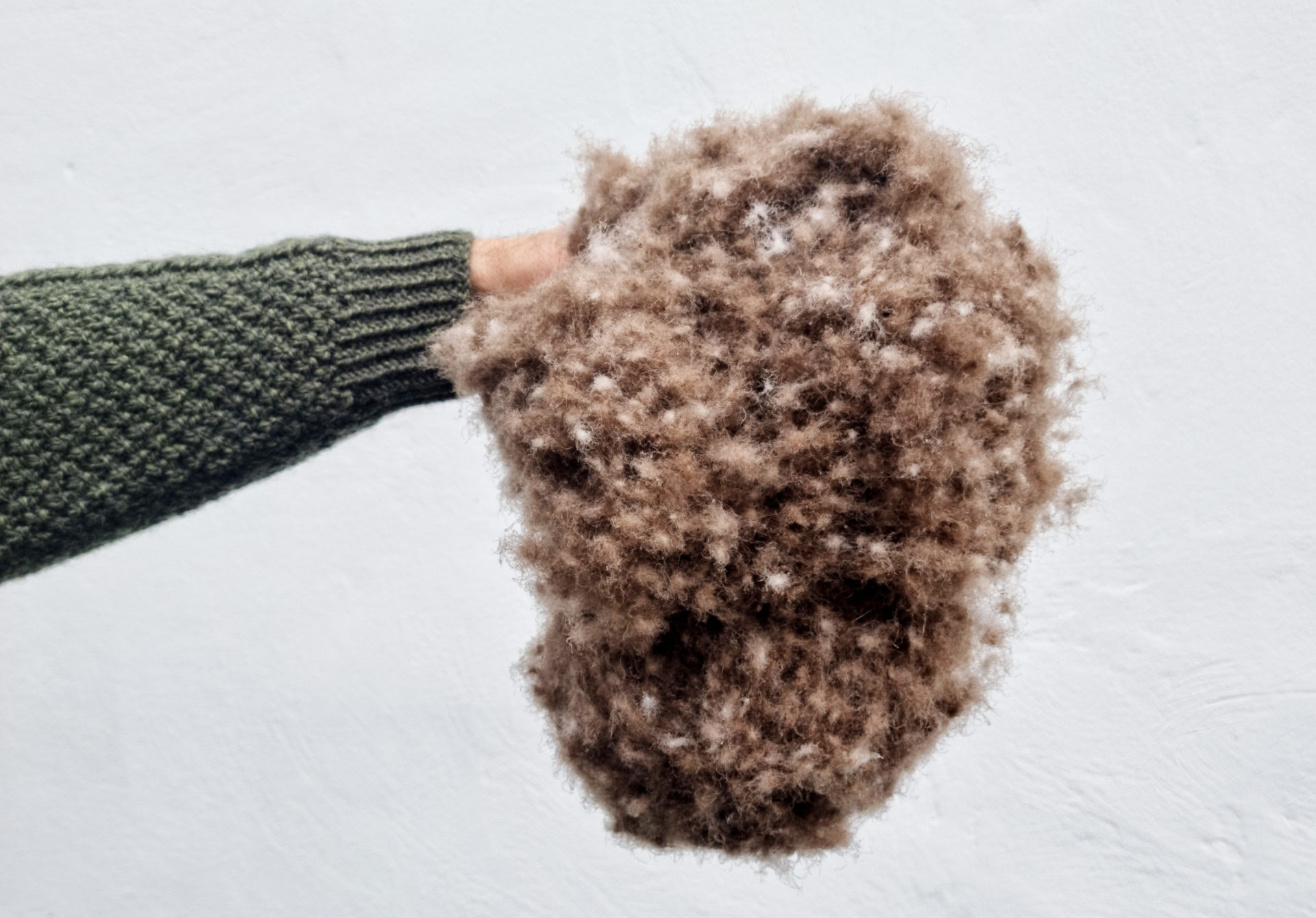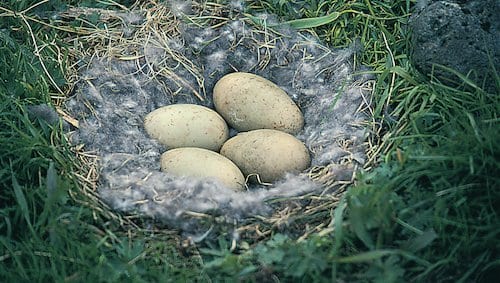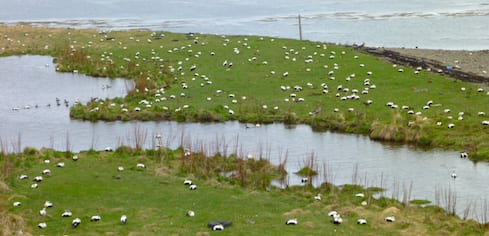The Magic of Eiderdown
Eiderdown is the down produced by the eider duck, a species found in Canada, Greenland, Iceland, Scotland, Scandinavia and Siberia. Its superior physical qualities, unique pedigree and rarity make it not only the most prized variety of down in the world, but something truly magical. Eiderdown is perfect for discerning consumers who care just as much about an object’s quality as its story, the way it is produced, traditions and its environmental impact.
Let’s start with the physical aspects. Tufts of this unique down are held together by microscopic hooks, an adaptation which makes harvested eiderdown more durable and consistent. Tiny ‘hairs’ create even more pockets for air than regular down, making eiderdown a more potent insulator.
What’s more, eiderdown is softer and reacts more quickly to ambient temperature. Its hardiness translates into greater longevity for your duvet. It can easily endure for 40 years, much longer than goose or duck down. In practice, a duvet’s outer fabric is unlikely to hold up for four decades. However, that won’t be a problem as eiderdown duvets can be renewed through a process where the down is removed, cleaned, and then stitched back into new casing.
 Pure Eiderdown
Pure Eiderdown
Iceland and Eiderdown
The Icelandic people have been using eiderdown as an insulating material for eleven centuries. Each year, eider ducks nest in the same place, in small colonies along the coast. There is a symbiotic relationship between eider ducks and the Icelanders who tend to their nesting grounds when the ducks are away. Villagers ensure a safe and quiet habitat for the breeding ducks and protect their nests from predators.
The eider duck has been a protected species in Iceland since 1847. The peaceful coexistence between the Icelanders and the eider duck is one reason Iceland has one of the largest populations of eider ducks. Every spring, the eider ducks return to their breeding ground. After a breeding period of six weeks, the ducks take flight, leaving behind tufts of their remarkable down.
Roughly 400 Icelandic eider farmers gather the down up, clean it, and sell the 3000 kg annual haul to different duvet manufacturers. In this way, the eider farmers carry on an ancient tradition, contributing to the preservation of the ecological balance and to the survival of the eider duck. Their efforts also grant a select few discerning consumers access to a unique luxury.
 Eider duck nest
Eider duck nest
 Eider ducks in Iceland
Eider ducks in Iceland
Collection and Processing
As eider ducks prepare new nests for the breeding season, they shed some of their down which forms a uniform layer of insulation. Remarkably, the special hooks in the down ensure that none blows away. This way, the female and the eggs are protected against the cold Icelandic wind during the incubation period.
Eider ducks are a wild species. They require freedom and do not thrive in captivity. Therefore in order to harvest the down, the eider farmer must adapt to the lifestyle of the duck. Closely following the bird’s life cycle, the farmers move in at the end of the breeding season and gather down from the abandoned nests. Each nest contains an average of just 20 grams of down.
An Exclusive Luxury
The annual process of collecting and processing eiderdown is very labour-intensive. The ducks are few and the effort great so there is only enough down for a small number of customers. Scarcity and quality make the resulting duvets a rare and exclusive luxury.
After the arduous harvest has been carried out, the eiderdown must be dried and freed of impurities in an elaborate, hands-on process. This delicate task requires the utmost care as mishandling the down can cause it to lose its clinging properties. Quality control ensures that the delivered eiderdown meets the highest standard for customers.
Why Eiderdown?
Self-regulating adjustment to ambient temperature
Eiderdown automatically adjusts to the ambient temperature. When the outside temperature rises, the microscopic ‘hairs’ adjust to lay slightly flatter. As a result, the filling force, and thus the insulation strength, decreases in the summer. When the air cools, the filling power increases again, and the eiderdown duvet becomes more insulating.
Softness
Tufts of eiderdown have neither quill nor any other hard components, so they are extremely soft and give off a unique cuddly feeling.
Long lifespan
On average, standard down duvets have a lifespan of 8-10 years. Duvets filled with eiderdown can last four times longer, up to 40 years. To make the most of this extreme longevity, proper maintenance is necessary.
If the condition of the cover requires it, you can have the duvet renewed. In the case of an overhaul, the down is removed and cleaned, and, if necessary, placed in a new cover.
Exclusivity
Eiderdown is about as far from mass-produced as you can get. Each step in its production requires manual work and lots of attention to detail. The supply is constricted by the relatively small population of eider ducks. Annually, about 3000 kg of eiderdown is harvested, making it hundreds of thousands of times rarer than regular down.
Natural advantages
Eiderdown possesses important characteristics which are absolutely necessary for the filling of high-quality duvets. It is respiratory-active and possesses a moisture-regulating effect to ensure a pleasantly warm and dry sleeping environment.
Collection
Explore our full range of luxury eiderdown duvets. If you need more information check out our duvet guide and do not hesitate to give us a call on 020 3129 5731. We will be happy to advise you further.